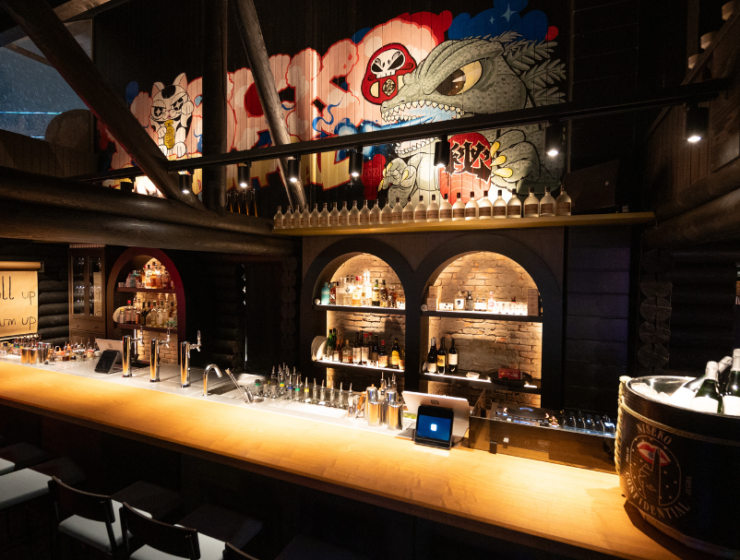Limestone cliffs. Gorgeous waves. Explore the breathtaking and equally laidback region of Uluwatu, Bali with The Luxe Nomad’s curated guide.

Limestone cliffs. Gorgeous waves. Explore the breathtaking and equally laidback region of Uluwatu, Bali with The Luxe Nomad’s curated guide.
From soft serve road trips to tee-offs with a view, here’s how to make the…
Ocean views, mountain mists, and flower-strewn lawns — enjoy this and more when you get…
From The White Lotus to Jurassic World Rebirth, today’s biggest screen sensations are inspiring more…

This cool après-ski spot is now open for green season When the ski lifts close, Niseko goes back to the quiet village it was before it became the “Aspen of Asia”. And…
Surf in and surf out from this slice of paradise Perched above Uluwatu’s legendary surf…
Serve aces in paradise at Asia’s top luxury villas with private tennis courts. Padel may…
When to go, what to do, where to stay? Here’s all you need to know in a (coco)nutshell!
Yes, you can explore Jurassic World in real life. We highlight the shoot locations featured…
Hokkaido turns purple in summer — here’s your hit list of the best spots to…
Limestone cliffs. Gorgeous waves. Explore the breathtaking and equally laidback region of Uluwatu, Bali with The Luxe Nomad’s curated guide.
From soft serve road trips to tee-offs with a view, here’s how to make the…
Ocean views, mountain mists, and flower-strewn lawns — enjoy this and more when you get…
From The White Lotus to Jurassic World Rebirth, today’s biggest screen sensations are inspiring more…

This cool après-ski spot is now open for green season When the ski lifts close, Niseko goes back to the quiet village it was before it became the “Aspen of Asia”. And…
Surf in and surf out from this slice of paradise Perched above Uluwatu’s legendary surf…
Serve aces in paradise at Asia’s top luxury villas with private tennis courts. Padel may…
When to go, what to do, where to stay? Here’s all you need to know in a (coco)nutshell!
Yes, you can explore Jurassic World in real life. We highlight the shoot locations featured…
Hokkaido turns purple in summer — here’s your hit list of the best spots to…
SUBSCRIBE